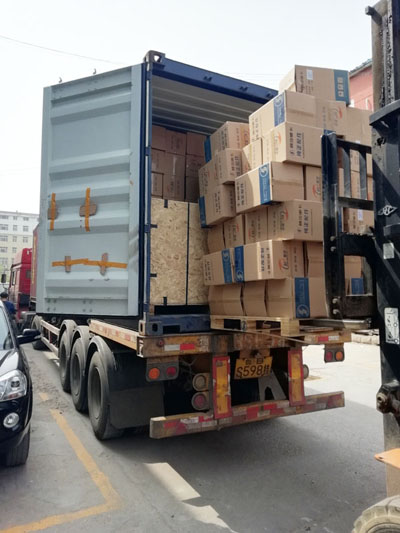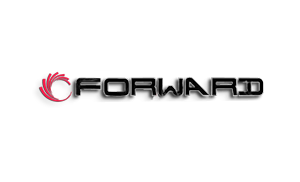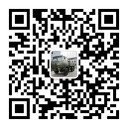the magnetic flux changes alternately in the stator winding. According to the principle of electromagnetic induction, the alternating induced electromotive force is generated in the three-phase winding of the stator.
This is how the alternator works.
By the prime moter (namely engine) drag DC excitation synchronous generator rotor, rotation speed N (RPM), the three-phase stator around the resistance will be induced AC potential.
If the stator around the resistance is connected to the electrical load, the motor will have AC power output, which will be converted into DC power from the output terminal through the rectifier bridge inside the generator.
If the stator around the resistance is connected to the electrical load, the motor will have AC power output, which will be converted into DC power from the output terminal through the rectifier bridge inside the generator.
The alternator is divided into two parts: stator winding and rotor winding. The three-phase stator winding is distributed on the shell according to the difference of 120 degrees between each other.
The rotor winding is composed of two pole claws. When the rotor winding is connected to the direct current, it is excited, the two pole claws form the N pole and the S pole. The magnetic field lines start from the N pole,
pass through the air gap into the stator core and return to the adjacent S pole. once the rotor is rotated, the rotor winding will cut the magnetic lines of force, in the stator winding to generate a sinusoidal electromotive force
of 120 degrees of electric Angle, namely three-phase alternating current, and then through the rectifier components composed of diodes into direct current output.

The rotor winding is composed of two pole claws. When the rotor winding is connected to the direct current, it is excited, the two pole claws form the N pole and the S pole. The magnetic field lines start from the N pole,
pass through the air gap into the stator core and return to the adjacent S pole. once the rotor is rotated, the rotor winding will cut the magnetic lines of force, in the stator winding to generate a sinusoidal electromotive force
of 120 degrees of electric Angle, namely three-phase alternating current, and then through the rectifier components composed of diodes into direct current output.

 二维码
二维码






